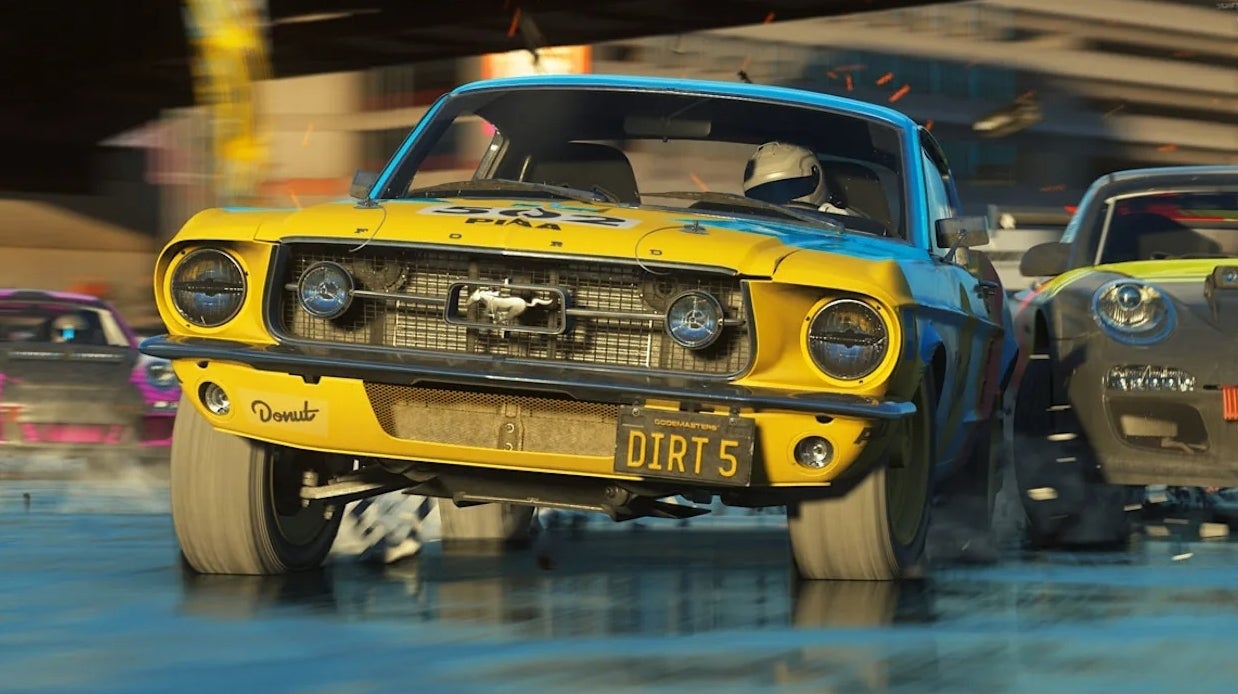What makes the next-gen difference? Today, the embargo lifts on our first look at an actual Xbox Series X title – Dirt 5, from Codemasters Cheshire. Xbox Series consoles benefit from three plays modes, including the ability to play at 120 frames per second on compatible displays – and first impressions are highly favourable. What we’re looking at today isn’t a final build and optimisations are ongoing up until release on November 10th, but the developers look set to deliver an involving, fun driving game that gives the user plenty of choice in how the generational leap in CPU and GPU power is deployed.
Dirt 5 builds on a truly remarkable foundation, using an evolved form of the Onrush engine built by Codemasters Cheshire, where many of its staff originally worked on Sony’s excellent MotorStorm and DriveClubs franchises. Onrush wasn’t the commercial success many might have hoped for, but the technology is first class and it’s improved still further in Dirt 5. The result is a highly flexible, fully dynamic engine that ticks off a huge amount of top-tier tech boxes: we have photogrammetry captured materials, mud and snow deformation, dynamic weather, volumetric fog – and a baseline target of 60 frames per second on the next-gen consoles.
Onrush’s best technological features are repurposed for an arcade-style rally game, but it goes much further in several respects. Vehicles are larger, and more geometrically complex. Physics are rewritten since Onrush, while track detail is ramped up still further. The engine’s far more scalable too, factoring in current-gen machines as usual, but also now Series S, X and PC. It even includes a four-player split-screen mode, something we rarely see in racing games these days.
The first thing that strikes you about Dirt 5 is its terrain. From the gravel of an Italian mountain route to the reflective mud tracks of the China circuit, every location sports a unique look, where materials impact on the game’s physics. Most of this is best seen from the bumper cam; protruding rocks, and tyre streaks through snow being particular highlights. Onrush’s workflow depended on photogrammetry capture taken from drone footage, to create a starting mesh for the environment – an approach that’s likely reprised here. The result in Dirt 5 gives physically accurate materials that react to light in a consistent way. This is crucial; a day-night cycle, and dynamic weather also factor in, often completely transforming a track by the end of a race. Puddles even form across terrain as rainfall sets in properly. Lighting is constantly in flux, then, and the materials have to adapt in a realistic manner – and Dirt 5 nails it.
